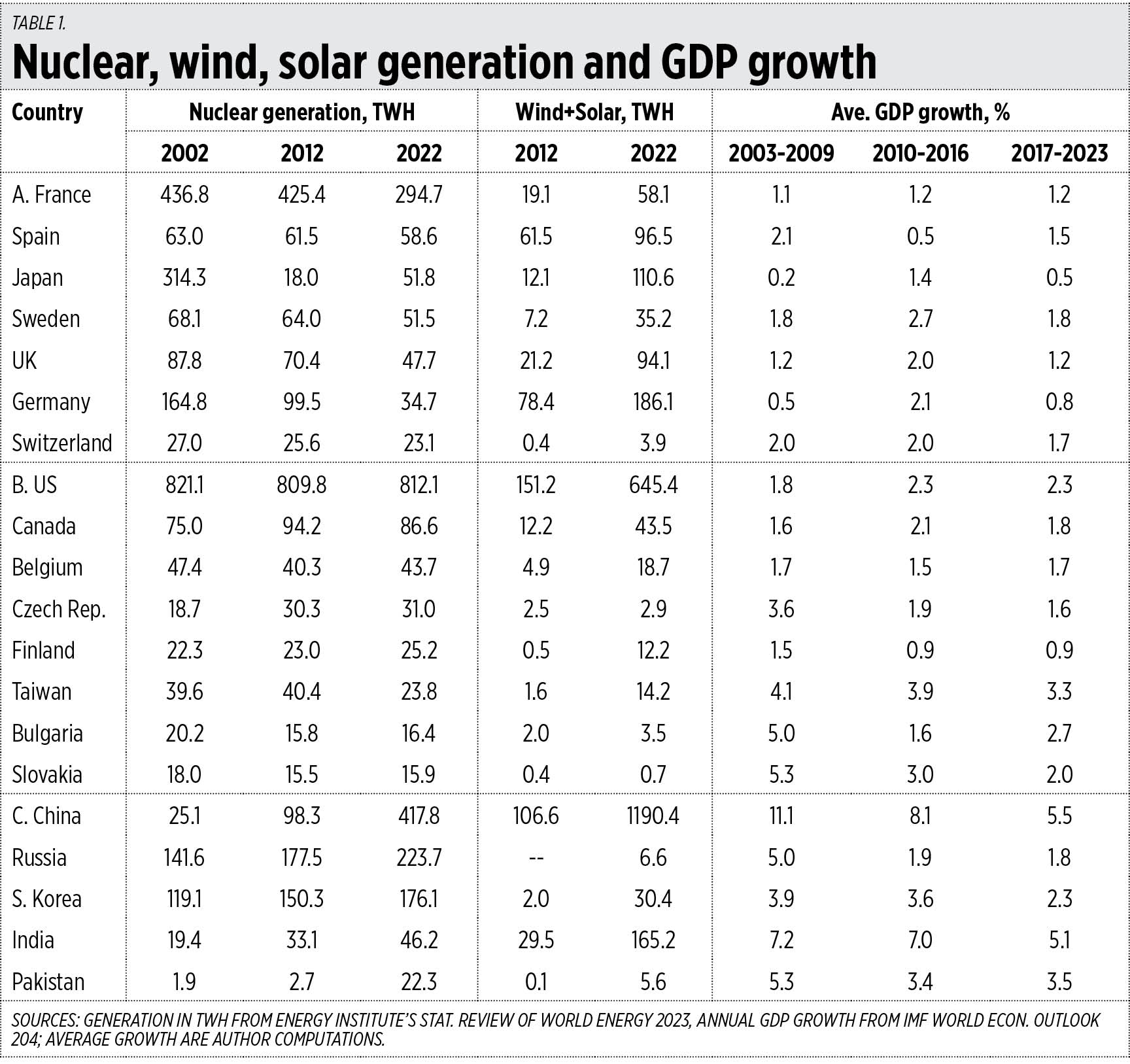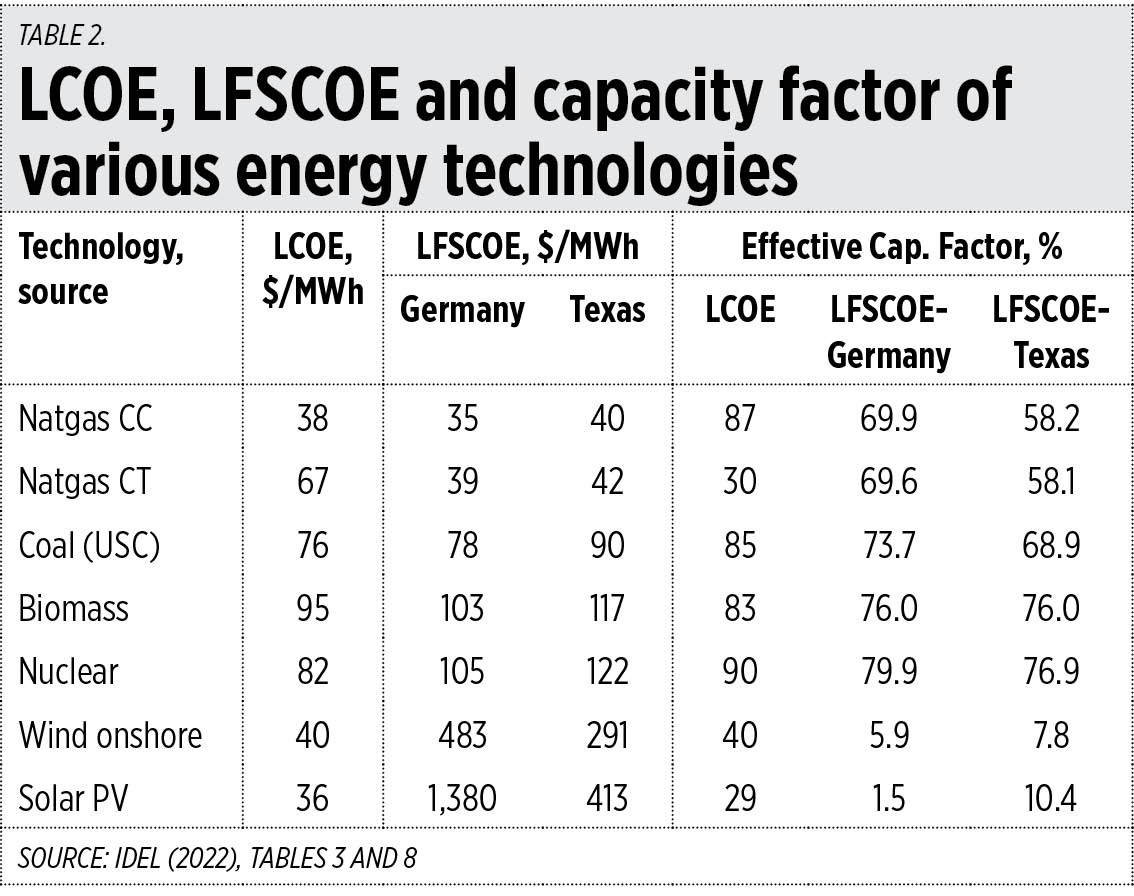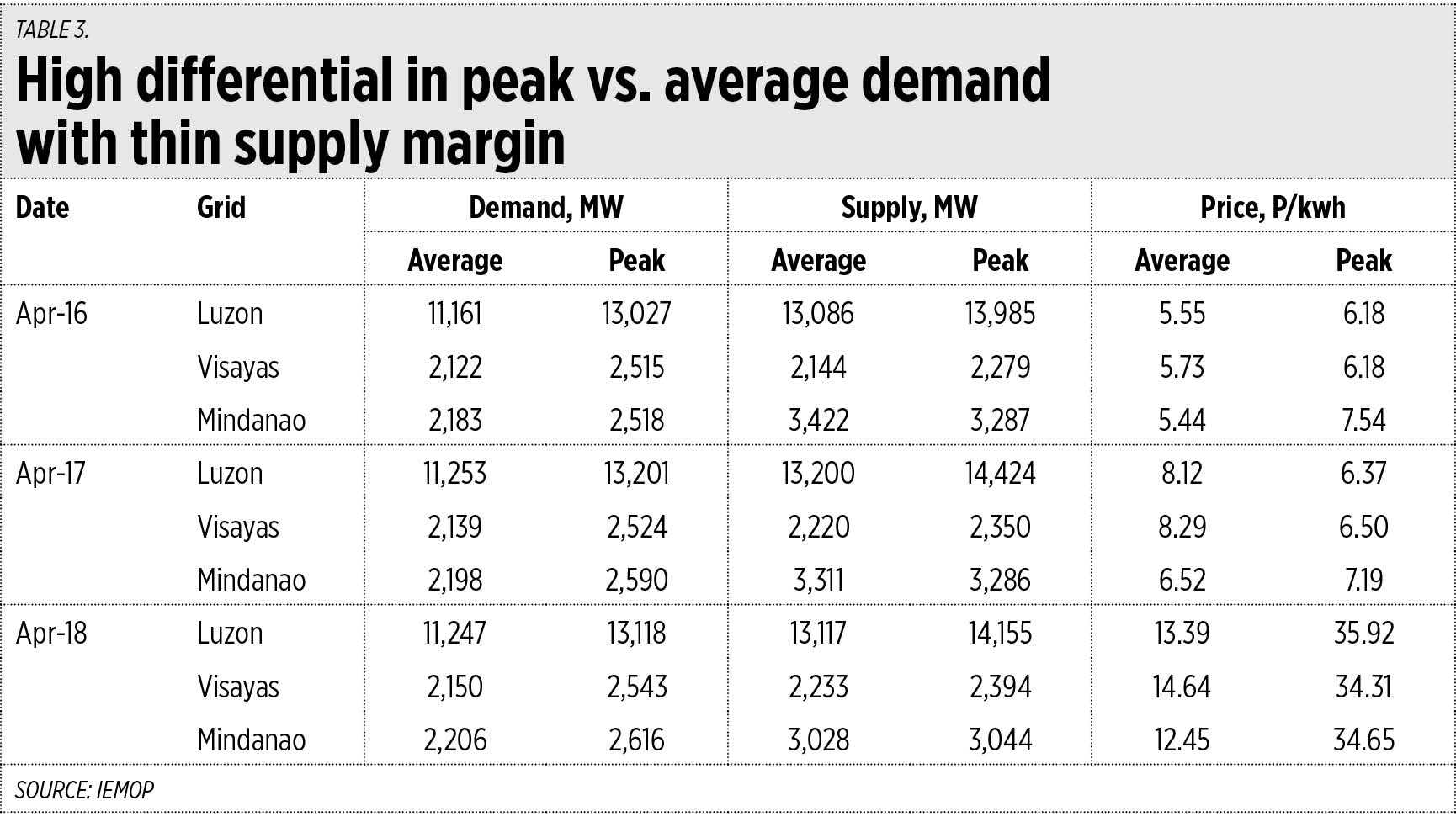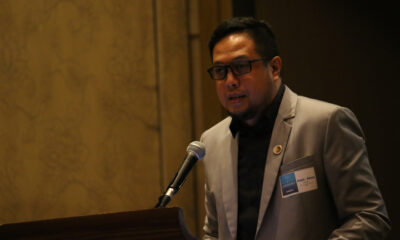Business
Improving revenues and attracting more foreign direct investment

About nuclear energy, the LFSCOE and the red-yellow warnings
Since I’ll be covering three energy topics in this piece, I’ll focus on the data and shorten the discussion.
INCREASE IN THE USE OF NUCLEAR POWER AND HIGH GROWTH
Nuclear power – with the highest energy density, a high capacity factor and the lowest fuel cost per kilowatt hour (kwh) of generation – shows that it can help sustain an economy’s high growth rate, among several factors and drivers of economic growth. This is evident from the cases of China, South Korea, India and Pakistan. Meanwhile, adding more intermittent wind and solar power contributes to slow growth, if not degrowth and deindustrialization. Clear examples of this are shown in Britain and Germany.
For Table 1, I have grouped the countries into Group A (denuclearizing countries), Group B (fluctuating use), and Group C (countries with increasing use of nuclear energy).
LEVEL INCURRED FULL SYSTEM COSTS OF ELECTRICITY
I have been tackling this since going through a study, “Levelized Full System Costs of Electricity” (LFSCOE) by Robert Idel, in Energy 259 (2022), published by Elsevier.
The common measurement of the economic and energy efficiency of different energy sources is the Levelized Costs of Electricity (LCOE), which summarizes different ratios of fixed to variable costs into a single cost metric. But this measurement does not take into account the variability (or instability, unreliability) and non-dispatchability of the demand for renewable energy sources. So a more realistic measurement was created, the LFSCOE.
Under LCOE (which does not include storage costs and backup power), solar and wind energy appear “cheap,” at just $36-$40/megawatt hour (MWh). But when storage and related costs are included, the cost of solar rises to $1,380/MWh in Germany and $413/MWh in Texas.
The capacity factor or actual electricity generation per megawatt of installed capacity is lowest for solar energy (only 1.5% in Germany and 10.4% in Texas and therefore unreliable, if not dangerous for energy-intensive industries and sectors.see Table 2).

This further explains why countries that have added more wind and solar energy to their grids are experiencing creeping or slowing growth. Such as Great Britain and Germany.
YELLOW AND RED WARNINGS
Last week, from April 16 to 18, the Luzon and Visayas networks faced a prolonged series of yellow and red alerts. The main reason was the high demand for electricity due to extremely hot weather and cloudless skies almost every day, and the decrease in power supply due to the unplanned shutdown of several power plants plus the downgrade of the rating of other plants, such as hydropower plants. Table 3 lists the relevant figures from the Independent Electricity Market Operator of the Philippines (IEMOP).

During a press conference last Friday, April 19, Energy Secretary Raphael EM Lotilla thanked the various energy stakeholders and the public “for their cooperation in preventing power outages despite the red and yellow warnings declared (due to) the limited reserves.” He reiterated the need for energy conservation by consumers, mentioning the role of the Interruptible Load Program (ILP) of Meralco and many other distribution companies and electric cooperatives to increase overall power supply, and the possibility of rain seeding in collaboration with the Ministry of Agriculture.
The Energy Regulatory Commission (ERC) also released a statement on April 18 in which Chairperson Monalisa Dimalanta emphasized the importance of “a stable and adequate power supply to meet consumer demands and the regulatory requirements of the electricity grid… We have operators of power plants to submit to the Order their estimated timelines for the resumption of their operations, and we will continue to monitor their timely compliance.”
The ghost of the Great Blackout of 1990-1992 continues to haunt us more than thirty years later. This is not good. As a developing country that aims to industrialize and achieve sustainable growth, we should focus on high growth goals, not high renewable energy goals. All our efforts to attract foreign and domestic investments (FDIs) will be jeopardized if investors realize the dangers of regular yellow and red alerts.
Bienvenido S. Oplas Jr. is the president of Bienvenido S. Oplas, Jr. Research Consultancy Services and Minimal Government Thinkers. He is an international fellow of the Tholos Foundation.













